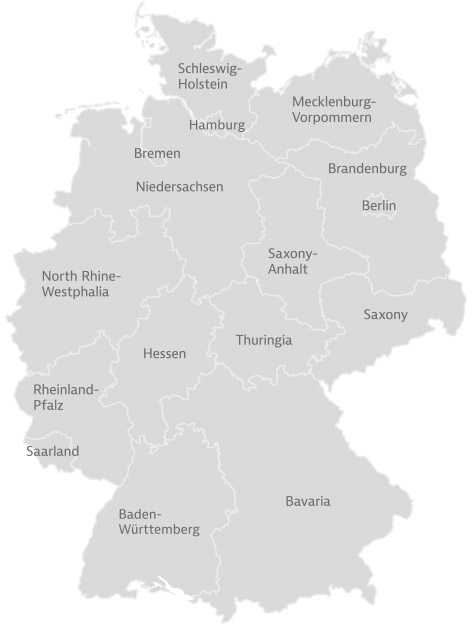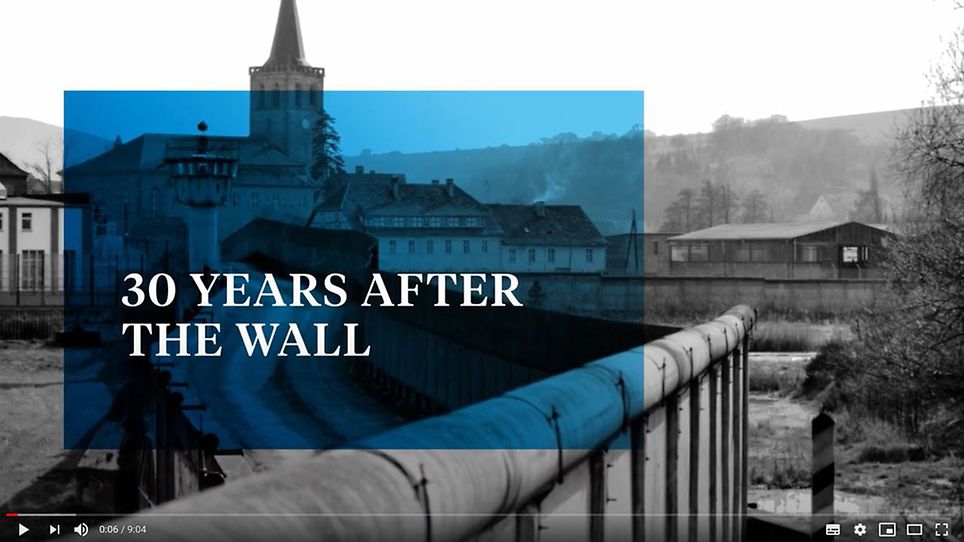Investment Environment
Germany’s Federal States
Germany is a democratic federal republic made up of the state, sixteen federal states and numerous local municipalities.
Germany is a country of many regional differences. There is the North Sea and the Baltic Sea in the north and the Alps in the south. There are big cities like Berlin, Munich and Hamburg as well as countless towns across the country. They all shape Germany’s unique economic structure of big industry and international companies on the one hand, and small and medium-sized companies on the other. Excellent infrastructure ensures a smooth and secure flow of business. This all contributes to make Germany Europe’s largest and the world’s fourth-largest economy.



